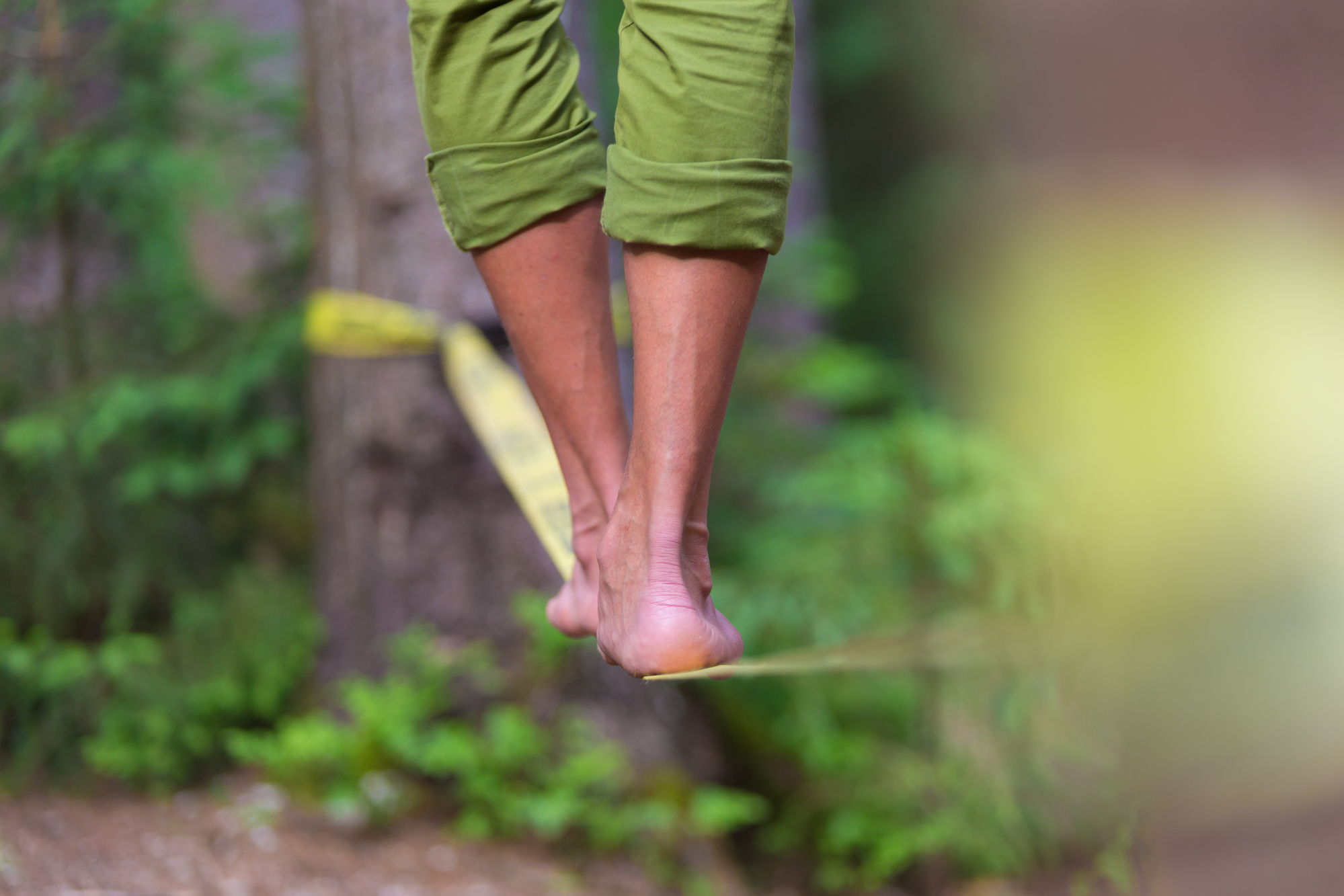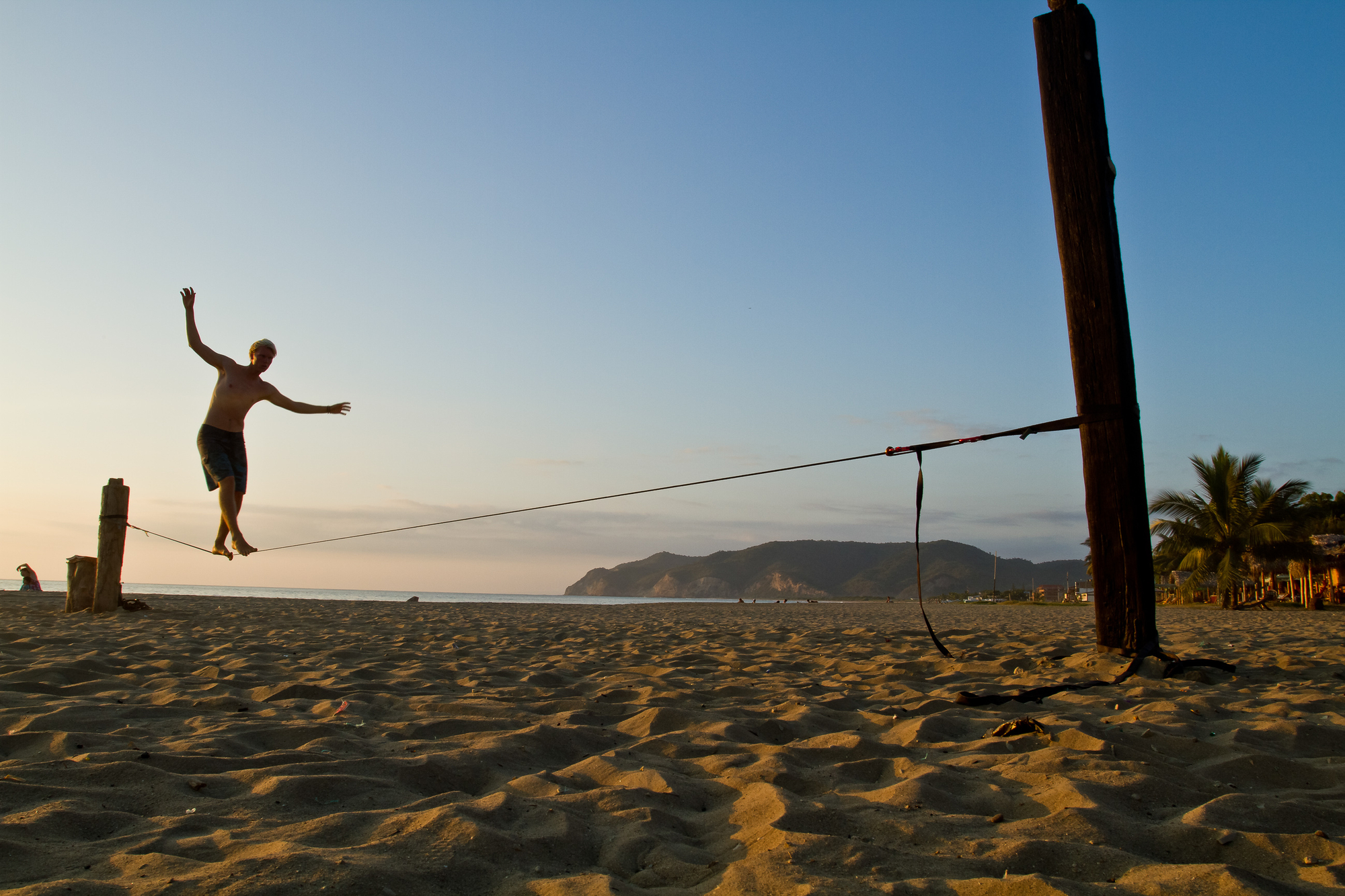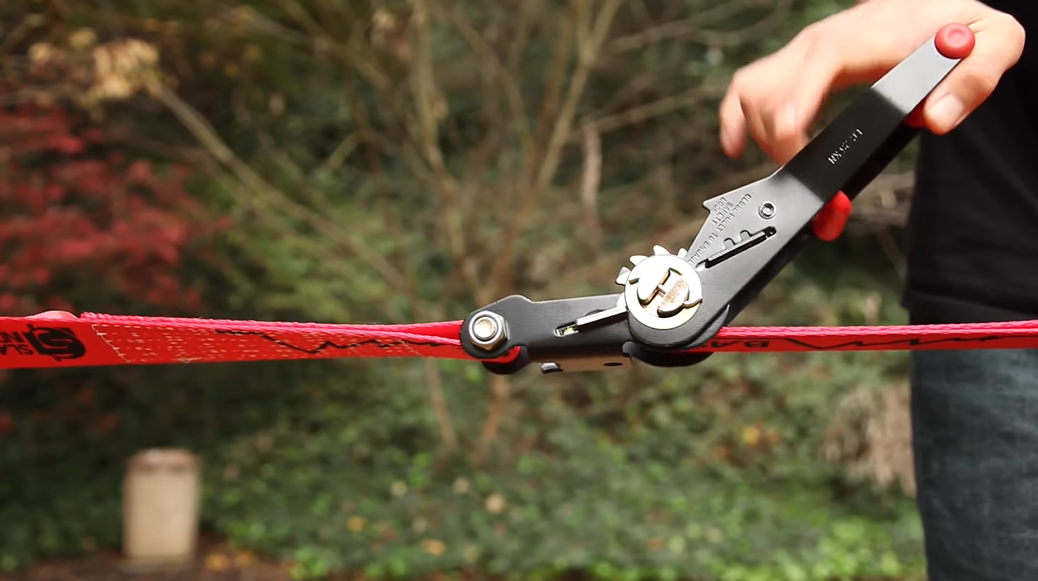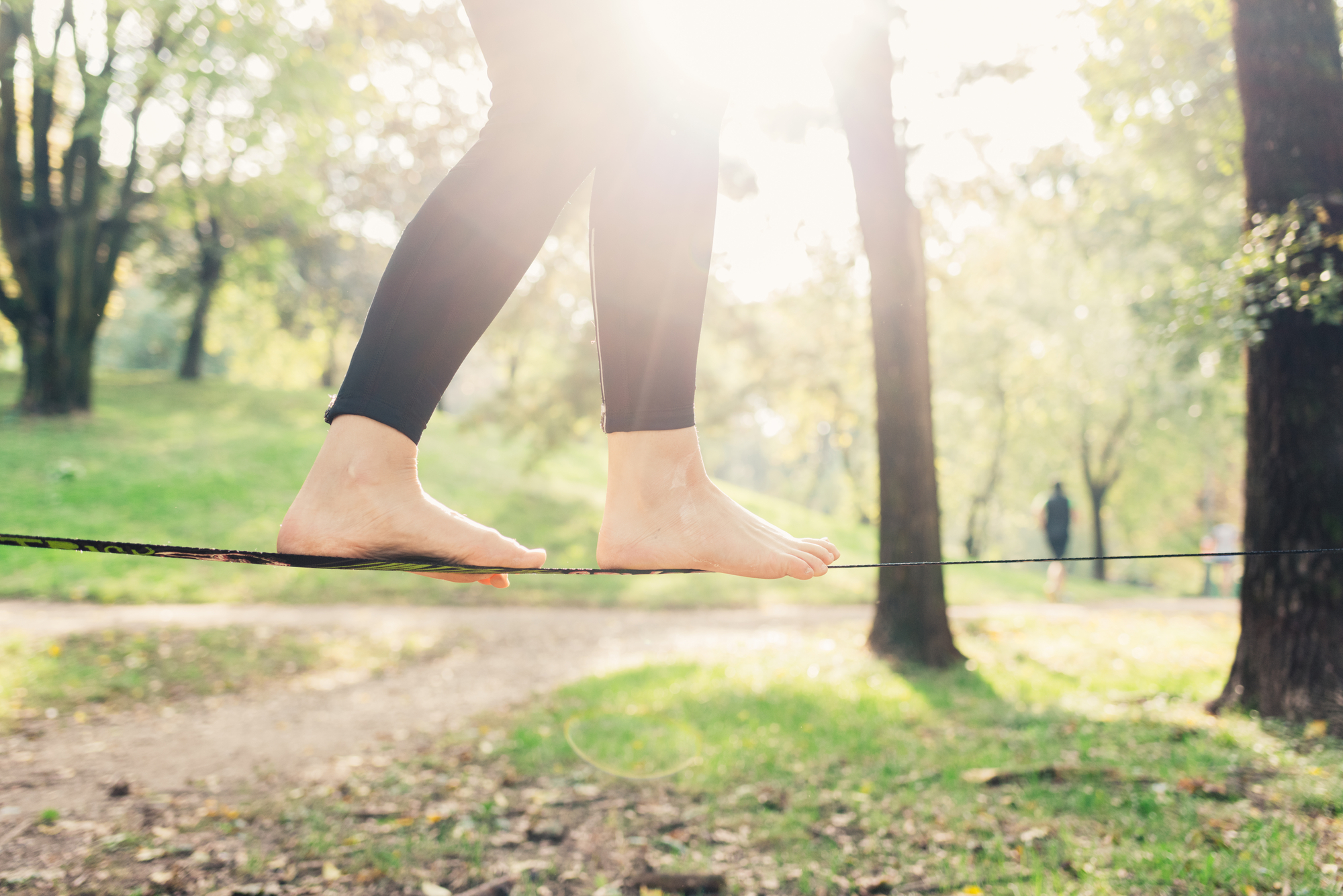There is no doubt that slacklining is a thrilling activity. Balancing on a thin line between two trees or poles can provide an adrenaline rush like no other.
But with any thrill comes risk, and slackliners need to be aware of the dangers involved in this sport before they take it up.
Are you thinking of giving slacklining a try? Let's explore the risks and rewards of slacklining and help you decide if this extreme hobby is right for you!
How Dangerous is Slacklining?
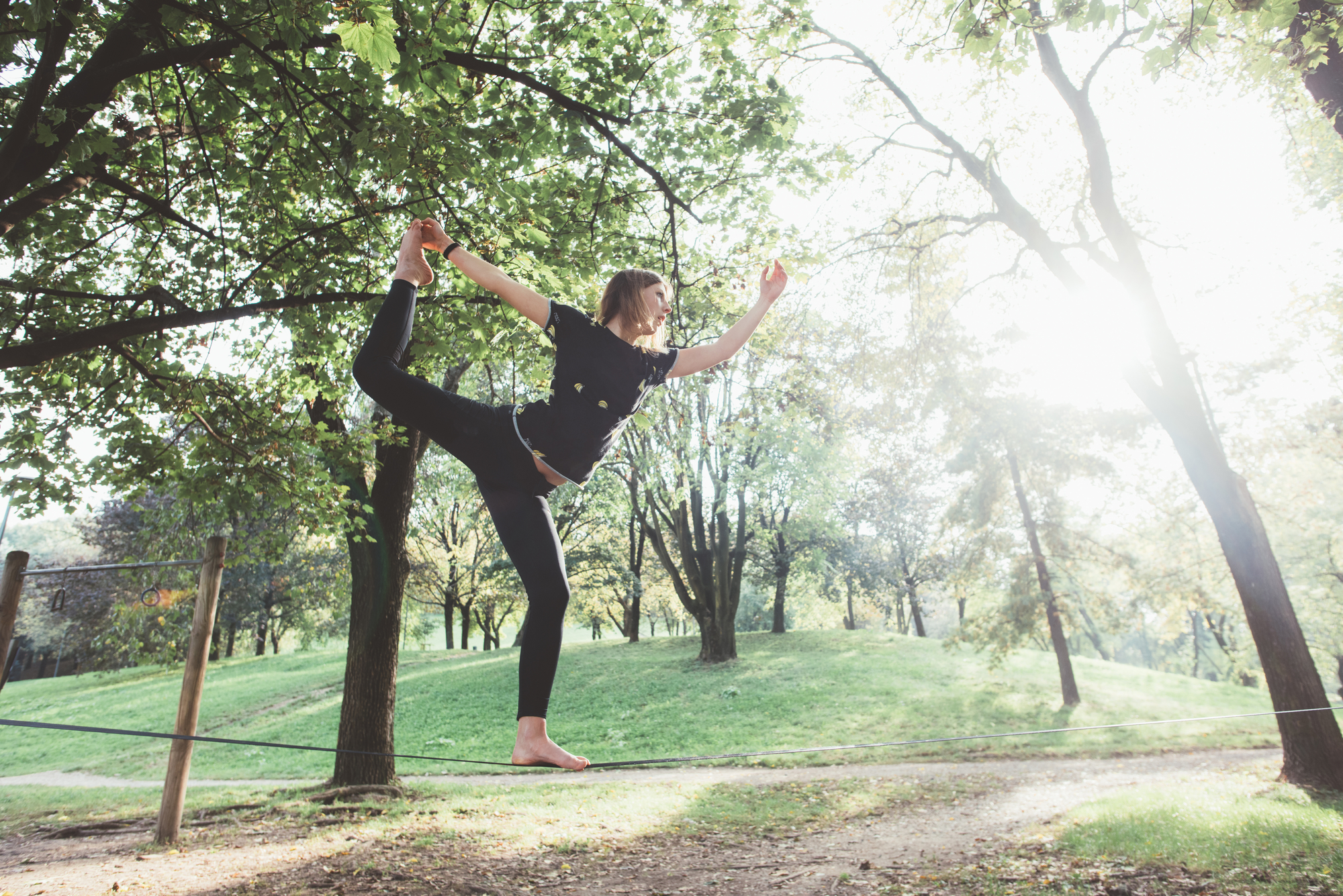
Slacklining is considered a low-risk sport, but that doesn't mean it's completely safe. There are a few dangers you need to be aware of before you give it a try.
1. Risk of falling
The most obvious danger of slacklining is the risk of falling. If you don't have good balance or if the slackline is not set up correctly, you can easily lose your footing and take a tumble.
Even experienced slackliners can fall, which is why it's essential to always be aware of your surroundings and take precautions when you're slacklining.
If you're new to slacklining, we recommend starting with a low line and gradually working your way up as you get more comfortable balancing on the line.
You should also have a spotter nearby in case you lose your balance and need someone to catch you.
2. Risk of injury
Another danger of slacklining is the risk of injury. Because you are balancing on a thin line, there is a risk of spraining or fracturing your ankle if you fall.
There is also a risk of hitting your head if you fall, leading to a concussion or other serious injuries.
We recommend wearing protective gear such as a helmet and gloves when you are slacklining to avoid these risks.
It is also essential to be aware of your surroundings and make sure there is no one below you in case you fall.
3. Risk of equipment failure
Another danger of slacklining is the risk of equipment failure. If the slackline is not set up correctly or if it is not made from high-quality materials, it could break while you are on it.
This could lead to serious injuries, so make sure that you are using a high-quality slackline that is set up correctly before using it.
Another thing to consider is the weather. If it is windy, the slackline could break or move around, leading to you falling and getting injured.
To avoid this, we recommend only slacklining in calm weather conditions.
What Are The Most Common Injuries From Slacklining?
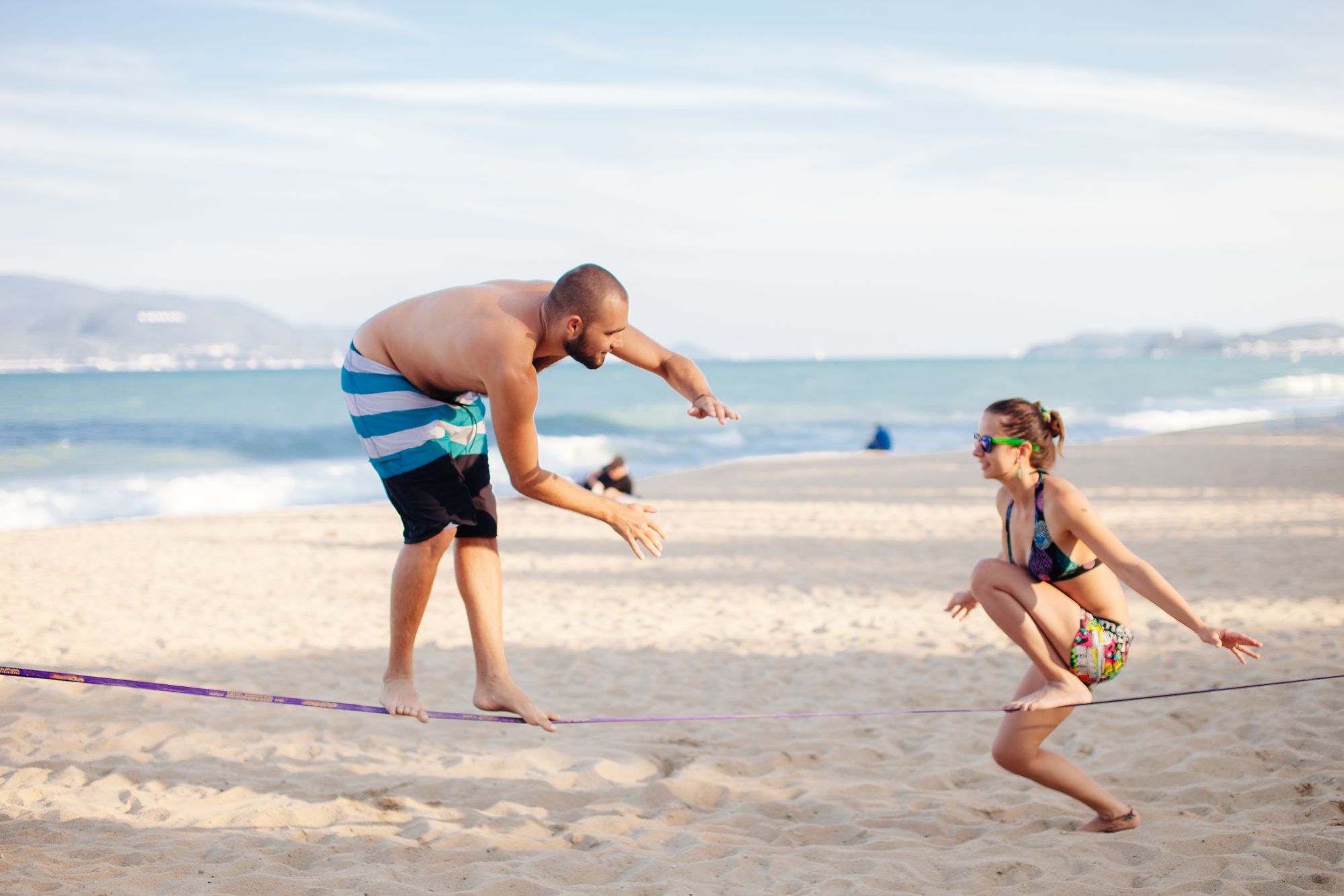
Now that we've looked at the risks of slacklining, let's explore the most common injuries people sustain from this sport.
1. Direct abrasions
The most common type of injury from slacklining is a direct abrasion. This happens when you fall and the slackline rubs against your skin, causing a cut or scrape.
Abrasions can be painful and take time to heal, so clean them immediately and apply bandages if needed.
If the abrasion is more than a quarter-inch deep, you should see a doctor to ensure that it does not become infected.
2. Groin injuries
Another common injury from slacklining is a groin injury. This can happen if the slackline rubs against your groin area, which is a sensitive area for men.
Groin injuries can be excruciating and may require medical attention.
To avoid this type of injury, we recommend wearing protective gear such as a cup or jockstrap when you are slacklining.
You should also avoid slacklining in shorts or skirts that could ride up and expose your groin area.
3. Getting whipped by the slackline
Another danger of slacklining is getting whipped by the slackline. This can happen if the slackline snaps back and hits you after falling.
Getting whipped by the slackline can be very painful and may cause bruising or other injuries.
To avoid this, we recommend using a whip guard or wearing protective gear such as gloves when slacklining.
4. Broken bones
Although it is not as common, people can also break bones while slacklining. This usually happens if they fall and land awkwardly on a hard surface.
Broken bones can be very painful and may require medical attention.
To avoid this, we recommend using a soft landing surface such as grass or sand when slacklining.
You should also avoid slacklining in areas where there are obstacles that you could hit if you fall.
Safety Tips for Slacklining
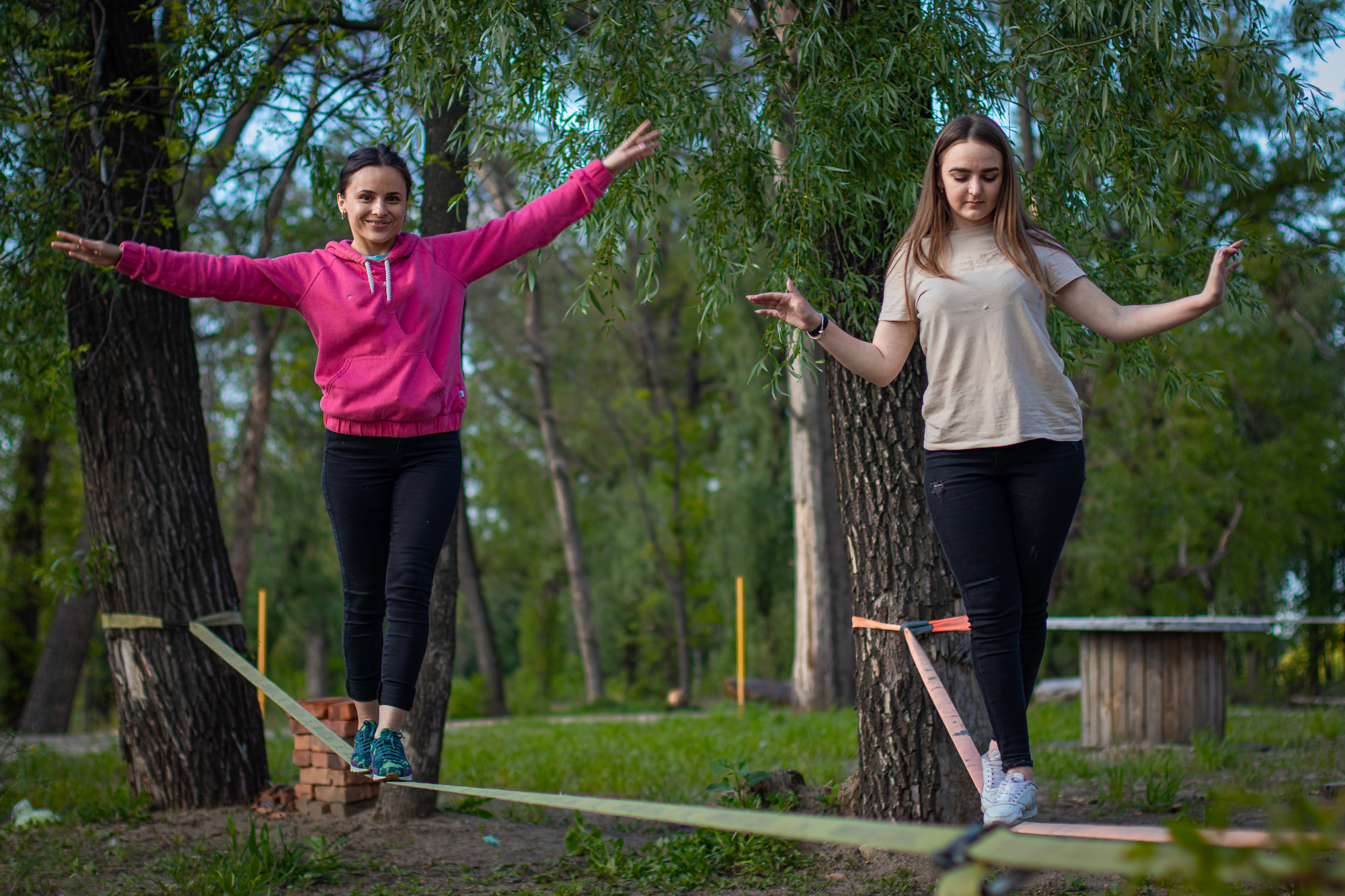
Now that we've looked at the risks of slacklining, let's explore some safety tips that you can use to stay safe while participating in this activity.
1. Choose the right slackline
The first step to staying safe while slacklining is to choose the right slackline. You should buy a high-quality slackline that is made from durable materials.
Check that the slackline is the correct length and width for your height and weight.
If you are unsure which slackline to buy, you can ask a salesperson for help or look for online reviews.
2. Set up the slackline correctly
The next step is to set up the slackline correctly. You should follow the instructions that come with your slackline or look for online tutorials.
If you are unsure how to set up the slackline, you can ask a friend or family member for help.
It is also a good idea to practice setting up the slackline before using it to be familiar with the process.
Once you have set up the slackline, you should test it by walking on it for a few minutes before you start using it.
This will help you ensure that the slackline is secure and will not move around when you are using it.
3. Use the proper safety gear
The next step is to use the proper safety gear. This includes items such as a helmet, gloves, and knee pads.
You should also wear loose-fitting clothing that will not restrict your movement.
It is also a good idea to have someone else with you when you are slacklining in case you need help.
This person can hold the slackline for you or help you if you fall.
If you are using a whip guard, you should also ensure that it is properly attached to the slackline.
You may also want to consider using a helpline, which can reduce your risk of falling.
4. Warm up before you slackline
Another important safety tip is to warm up before you slackline. You should do some light stretching and exercises to get your muscles ready for the activity.
You should also make sure that you are hydrated so that your body can handle the physical activity.
Warming up will help you avoid injuries and make your slacklining experience more enjoyable.
5. Stable anchor points
Slacklining is an activity where you need maximum stability from your equipment. So when you're choosing your anchor points, the more stable they are, the better!
Avoid using trees that are dead or have weak branches. You should also avoid using rocks or other objects that could move when slacklining.
Try using metal posts or concrete pillars as your anchor points.
To attach the slackline, find two stable anchor points and tie them around them.
If you're using ratchet straps, make sure they are tight enough so your line doesn't move when in use!
6. Be aware of your surroundings
Another essential safety tip is to be aware of your surroundings. You should make sure that there are no obstacles around you that you could hit if you fall.
Avoid slacklining in areas where animals or people could be disturbed by the activity.
Also, take weather conditions into account when you are slacklining.
The slackline could move around and be more challenging to balance on if it is windy.
7. Don't over-tension the slackline
One of the most common mistakes people make when they are slacklining is over-tensioning the slackline.
This can cause the slackline to break or snap, which could be dangerous.
You should always tension the slackline until it is tight but not too tight.
If you are unsure how much tension to use, you can ask an expert for help or look for online tutorials.
8. Inspect the slackline regularly
Another important safety tip is to inspect the slackline regularly. You should look for signs of wear and tear, such as fraying or cracks in the fabric.
You should also ensure that the slackline is still secure before you use it.
If you find any damage, you should replace the slackline to be safe to use.
9. Know your limits
Only attempt tricks and moves that you are comfortable with.
If you feel like you're going to fall, you should sit down on the slackline so that you do not hurt yourself.
You should also get off the slackline if you feel dizzy or lightheaded.
It is also a good idea to have someone else with you so that they can help you if you need it.
10. Take your time
When you start out, it is crucial to take your time.
You should start by slacklining for a few minutes and gradually increase the amount of time you spend on the slackline.
You should also take breaks often so that your body can rest.
As you become more experienced, you can increase the amount of time you spend on the slackline.
You should also experiment with different tricks and moves to keep your slacklining experience fun and exciting.
Conclusion
Slacklining is a great way to exercise and have fun. However, no amount of fun could compensate for complete safety.
You should always warm up before you slackline, choose stable anchor points, be aware of your surroundings, and not over-tension the slackline.
You should also inspect the slackline regularly and know your limits.
If you follow these safety tips, you will be able to enjoy slacklining without putting yourself at risk.
Happy slacklining!

